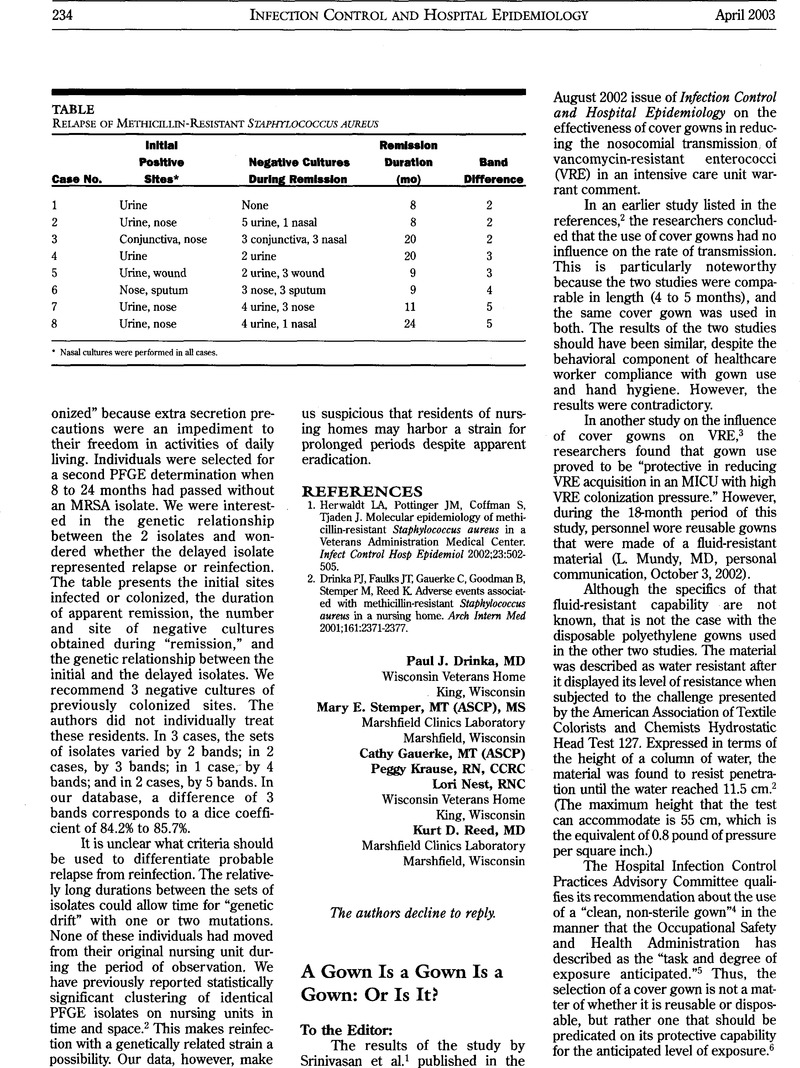Crossref Citations
This article has been cited by the following publications. This list is generated based on data provided by Crossref.
Kilinc Balci, F. Selcen
2016.
Isolation gowns in health care settings: Laboratory studies, regulations and standards, and potential barriers of gown selection and use.
American Journal of Infection Control,
Vol. 44,
Issue. 1,
p.
104.





